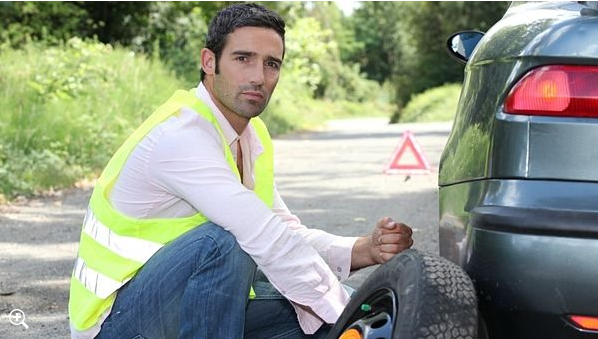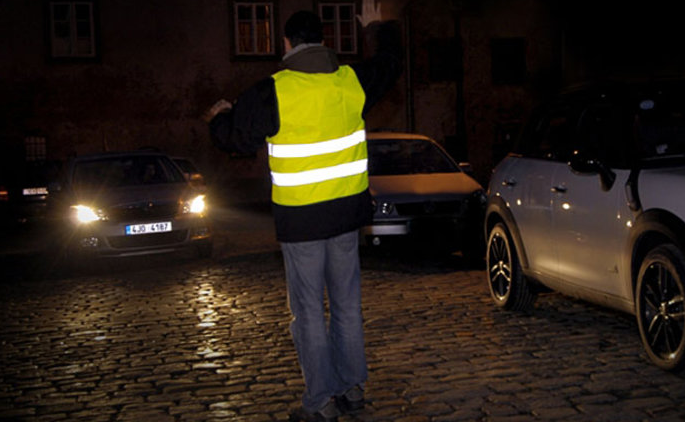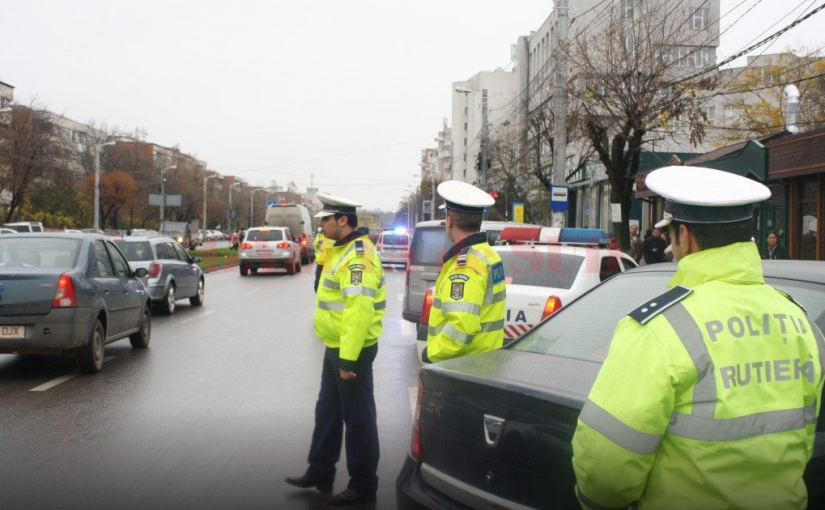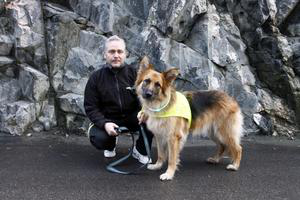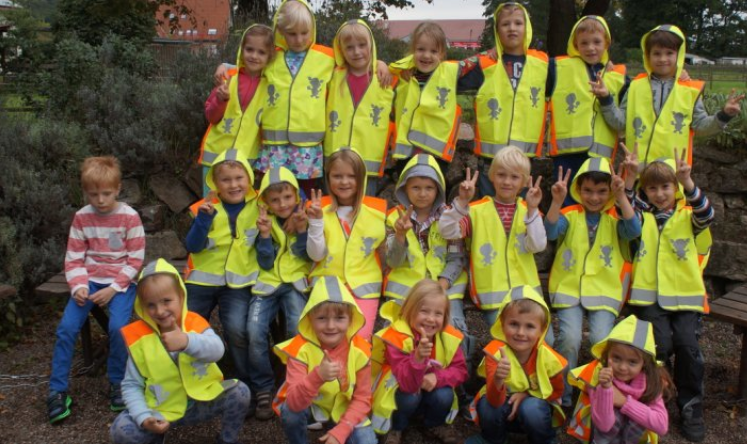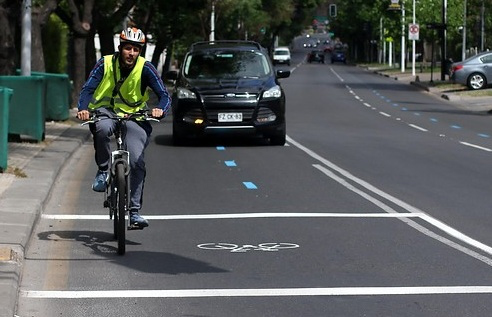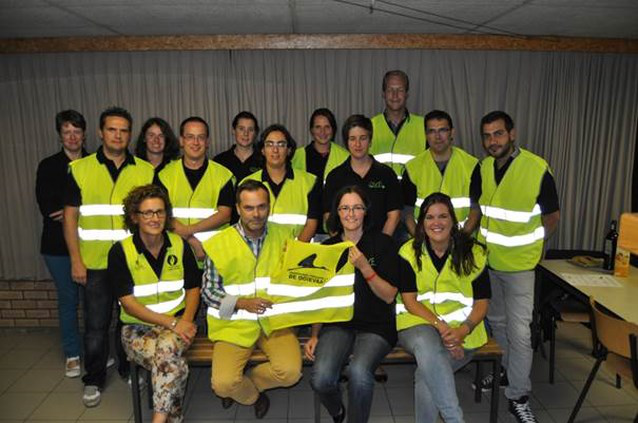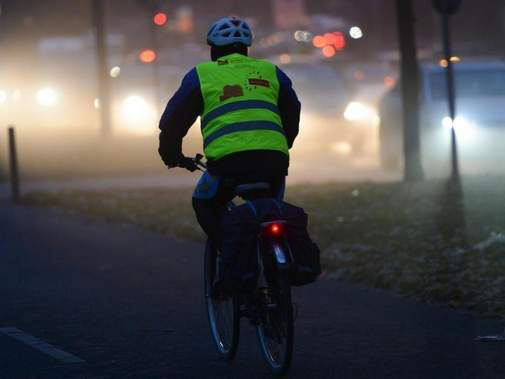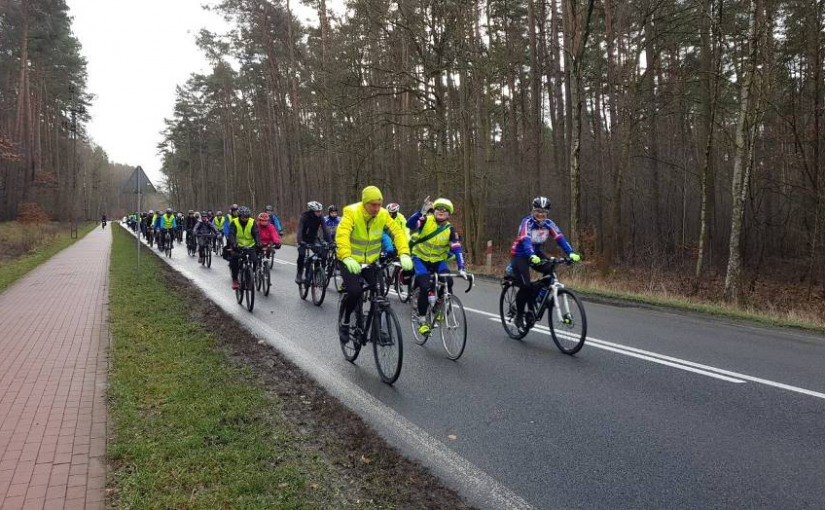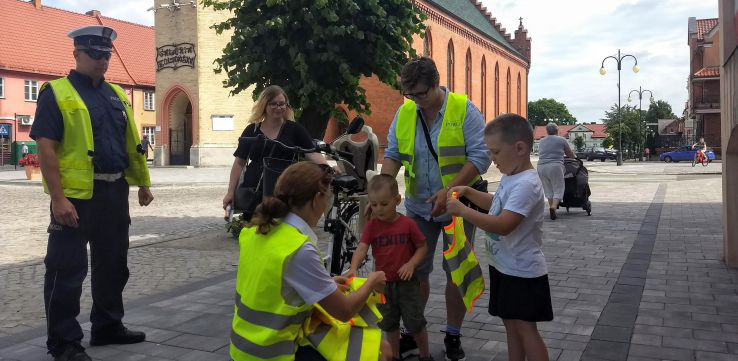Protection on all fronts: that is the most important requirement for construction work clothing. Strong material that can take a beating, but at the same time is comfortable. Clothing that can be worn by weather and wind, no matter how cold it gets, but offers enough freedom of movement. What are you paying attention to? Proto gives five tips.
Proto knows what good work clothing must meet. Now that autumn is approaching, the company is sharing 5 tips for purchasing work clothes for the winter season.
- Wear clothing in layers
Wearing different layers of clothing ensures pleasant body temperature and prevents perspiration. This is a common and annoying problem because working on construction is strenuous and requires a lot of the body. Good work clothing protects the body against external and internal factors.
Good work clothing consists of:
A moisture-wicking substance on the skin, which absorbs perspiration
A fleece jacket or sweater that provides pleasant warmth
– water-resistant clothing
Perspiration moisture feels uncomfortable but is also unhealthy. The combination of moisture and cold makes people on the construction site more susceptible to diseases such as colds or flu. This is eliminated by the moisture-wicking layer. The water-repellent layer ensures that no moisture from outside enters the body so that your employees stay warm for a long time.
Of course, your employees can always adjust the number of layers to the situation. You can easily exchange a warm winter jacket for a sturdy softshell. And in extreme cold, wearing thermal underwear is an important extra layer that protects the body.
Wearing cold-resistant gloves, a hat and padded work shoes or work boots are additional measures for working safely outside during the winter season.
- Choose sustainable materials
There is sufficient work clothing for construction on the market, but not every material is the same. At Proto, we choose Cordura or kevlar workwear, two extremely strong fabrics that can withstand a lot and have a long life. This not only increases sustainability, but also the safety of your employees.
Pants with extra reinforcement on the knees or in the crotch increase the lifespan even more. In addition, comfort naturally also plays a major role in the purchase of work clothing. A lot of work is done on the knees in construction. Trousers with knee pockets in which knee pads can be placed provide optimum comfort and are certainly worth considering.
- Visibility
When people and machines work together, visibility is an absolute necessity. In bad weather, which often occurs in the winter, or night work, this is often mandatory. Visibility reflective clothing makes a direct contribution to safety on the construction site. Of course, you can opt for safety vests with reflective tapes, but when your employees come into contact with vehicles on the construction site more often or structurally, it makes sense to invest in clothing in which visibility is integrated. Your people forget their jacket less quickly than their jacket, so you minimize the risk of accidents.
- Choose suitable work clothing
Many workwear for construction consists of stretch elements. Ideal, because stretch gives a lot of freedom of movement, warmth and is comfortable. Because work clothing with stretch fits nicely to the body, it looks neat and trendy. Even more important is that well-connected clothing contributes to safety. Too wide sleeves give the risk of catching on something, this also applies to too wide or too long work trousers.
A fitting session for the right clothing size is a must when purchasing work clothing for construction. At Proto you not only have the option of an extensive fitting session for your employees, but you can also easily change the clothing. That way, no-one with inappropriate clothing will ever have to leave the building site.
- Take standards into account
The standards for work clothing may differ per construction site. Coordinate well with the client which standards must be met. Standards are important because they are directly related to the safety of your employees.
